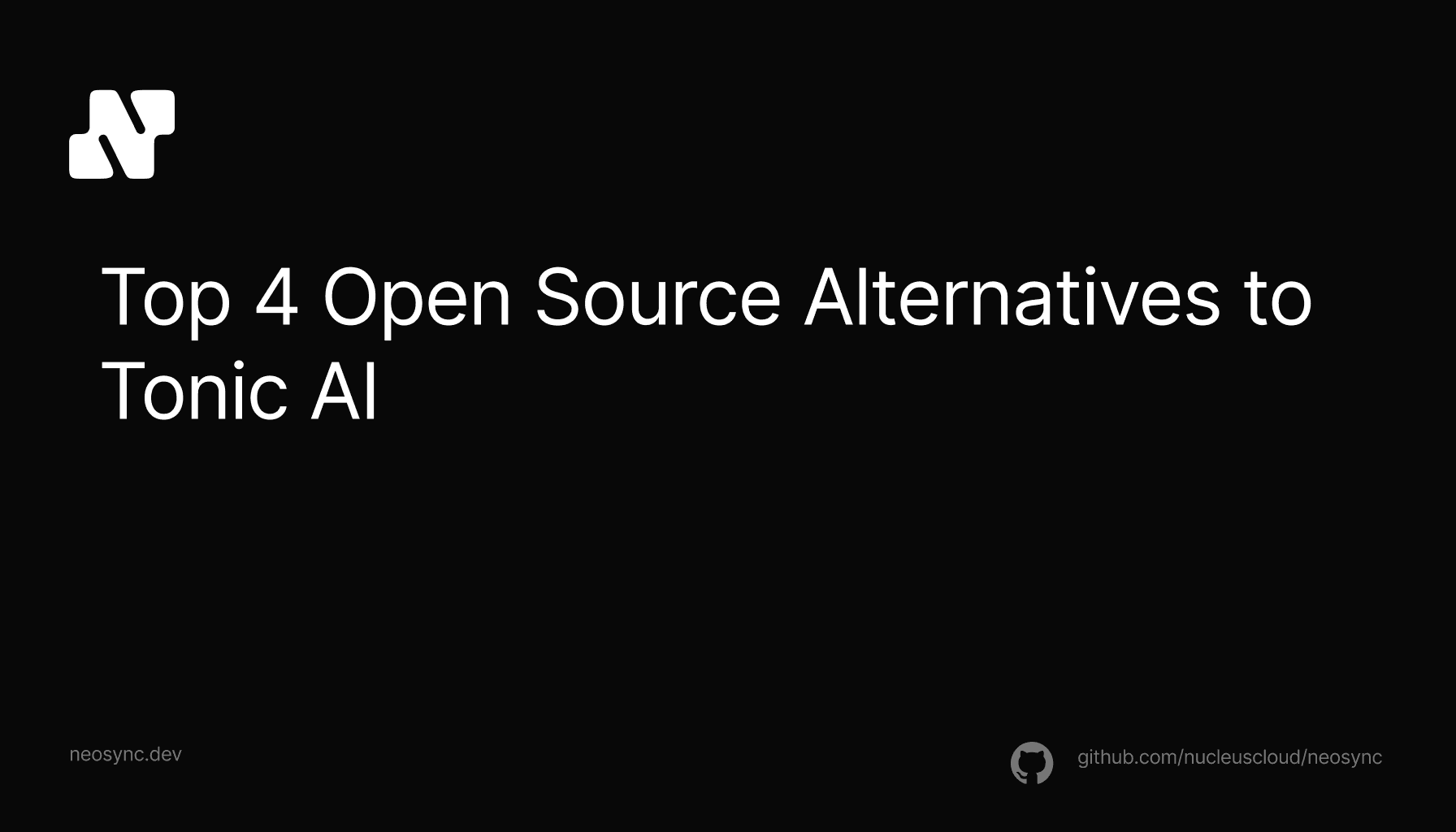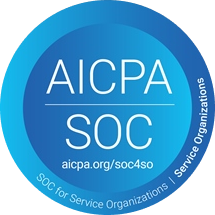
Top Open Source Alternatives to Tonic AI for Data Anonymization and Synthetic Data
Top Open Source Alternatives to Tonic AI for Data Anonymization and Synthetic Data
March 31st, 2025

Data anonymization has become a hot topic in the last few years as more companies have been hacked or accidentally leaked sensitive data. As a result more and more and more data privacy regulations have started to be passed by regulating bodies to ensure that sensitive data is protected. "Anonymized data" and "data anonymization" have become crucial concepts in the conversation about data security and privacy and have been discussed as a way to mitigate the impact of a data leak of hack. In this blog, we'll explore what data anonymization is, why it's essential, and how it can be effectively implemented to ensure that data remains secure and useful.
Data anonymization is a process that involves modifying data to prevent it from being traced back to any specific individual. This technique ensures that even if data is accessed or leaked, it cannot be linked to the original source. Essentially, data anonymization transforms personal and sensitive data into a form that maintains its utility while eliminating the risk of identifying individuals. For example, if you have a list of names, you might replace those names with other names to ensure that the original data set is secured.
The main goal of data anonymization is to protect privacy while enabling data to be used for development, analytical and research purposes. This approach is particularly important in fields like healthcare, finance, and marketing, where sensitive data is routinely handled and used across the organization for marketing, customer service, engineering and other functions.
Let's review some of the main reasons why data anonymization is important.
There are several methods used to anonymize data, each with its pros and cons. At the end of the day, it's really dependent on the use-case. Here are the most methods:
Like with most things, your use case will determine the best tool for the job. Here are some things to consider when picking the right tool and method:
As technology advances and data usage evolves, data anonymization will continue to grow and adapt. As machine learning and AI continue to advance, we suspect that data anonymization will only get more important. On one hand, these technologies can enhance anonymization techniques by developing more sophisticated methods. On the other hand, they also pose new risks, such as the potential for re-identification through advanced data analysis.
It's also very likely that more countries will pass data privacy regulations, further fragmenting the ecosystem and making it even more challenging for companies to abide by those regulations.

Top Open Source Alternatives to Tonic AI for Data Anonymization and Synthetic Data
March 31st, 2025

Top 4 Alternatives to Tonic AI for Data Anonymization and Synthetic Data Generation
March 25th, 2025

Nucleus Cloud Corp. 2025